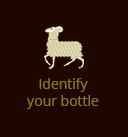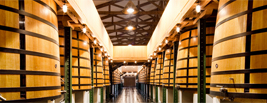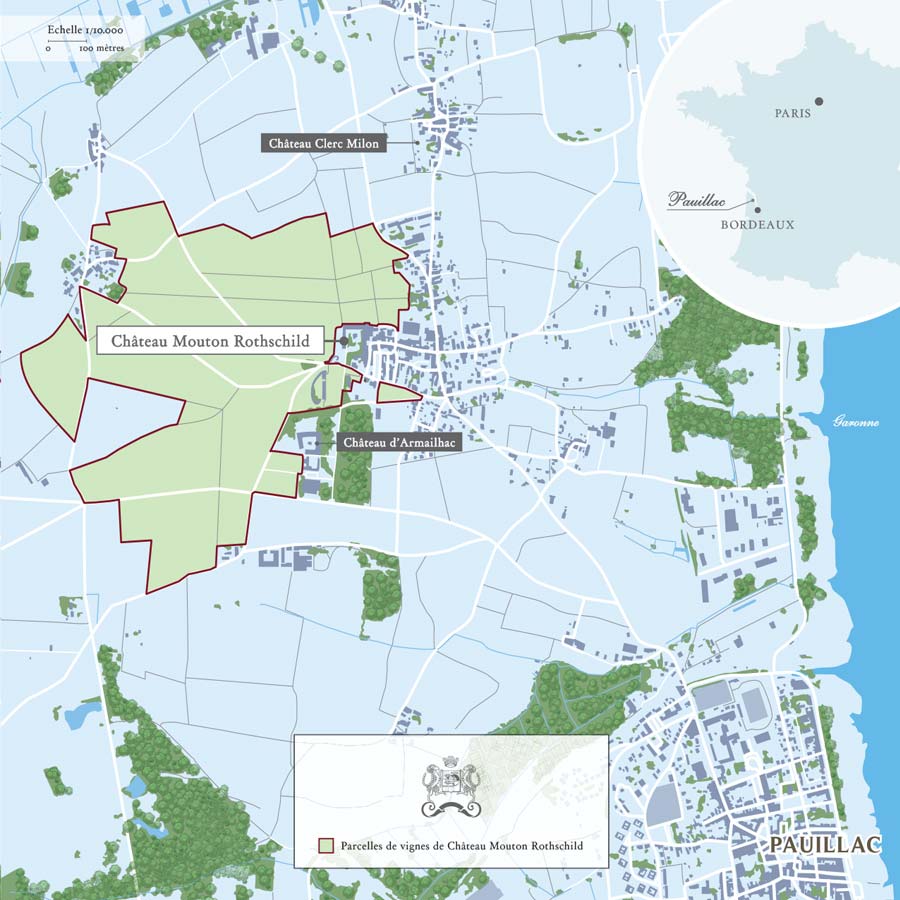-
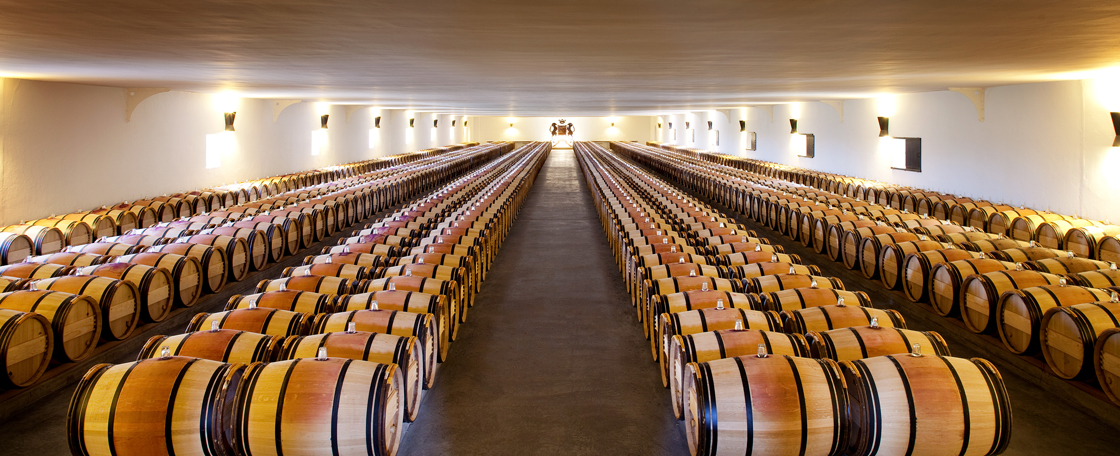
The Great Barrel Hall
The Grand Chai can hold up to 1,000 oak casks on a single level.
-
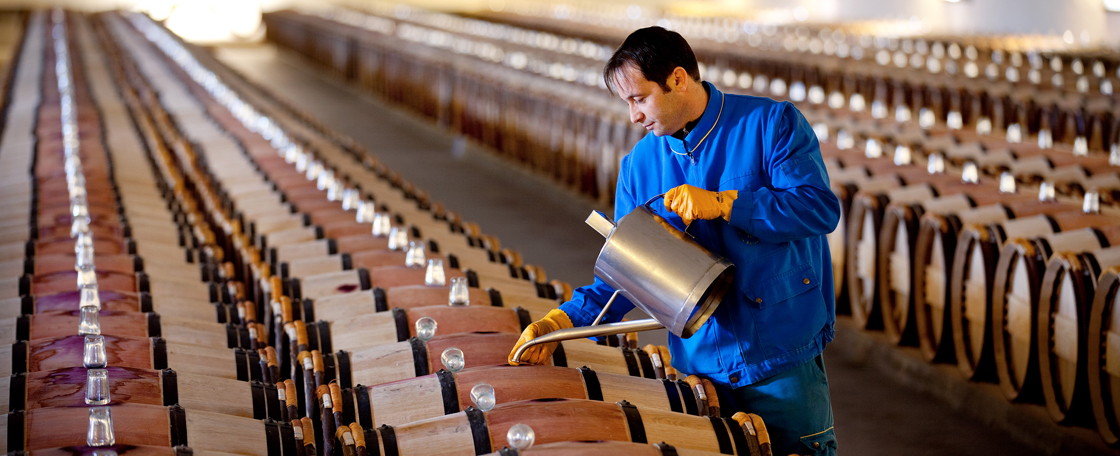
The Great Barrel Hall
Topping up involves filling up the barrels three times a week as the level drops as a result of evaporation or impregnation of the cask.
-
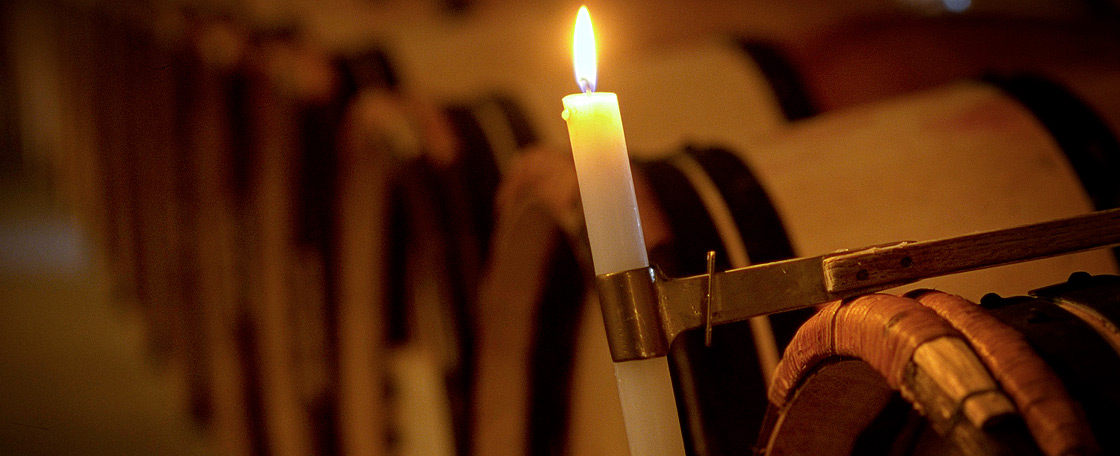
The Great Barrel Hall
Racking involves transferring the wine from one cask into another in order to separate the liquid from the deposit (the lees). The repeated process gives an increasingly clear and glittering wine.
In 1924, wishing to assert the role and responsibility of the owners of top growths in the face of the all-powerful Bordeaux wine trade, he decided that all the wine, hitherto delivered to the merchants in barrels, should be bottled at the château. This decision, soon taken up by others, meant increasing storage space at the château and lay behind the construction in 1926 of the spectacular Grand Chai (Great Barrel Hall) at Mouton, designed by the architect Charles Siclis.
100 metres long and 25 metres wide, the avant-garde building can hold up to 1,000 oak casks on a single level. Its bold and beautiful architecture makes an immediate impression on visitors.
The bold and beautiful architecture of the Grand Chai makes an immediate impression on visitors.
The temperature inside is natural: facing north-south, the barrel hall has small windows that let in cool air to accelerate the precipitation of the sediment in suspension in the wine. After six months the casks are taken from the first-year barrel hall to the second-year cellars, where they stay for another year before bottling.
Three operations are carried out in the barrel hall: topping up, fining with egg-white and racking. Topping up involves filling up the barrels three times a week as the level drops as a result of evaporation or impregnation of the cask. Fining with egg-white clarifies ans stabilises the wine by precipitating the particles suspended in it. Racking involves transferring the wine from one cask into another in order to separate the liquid from the deposit (the lees). The repeated process gives an increasingly clear and glittering wine.
-
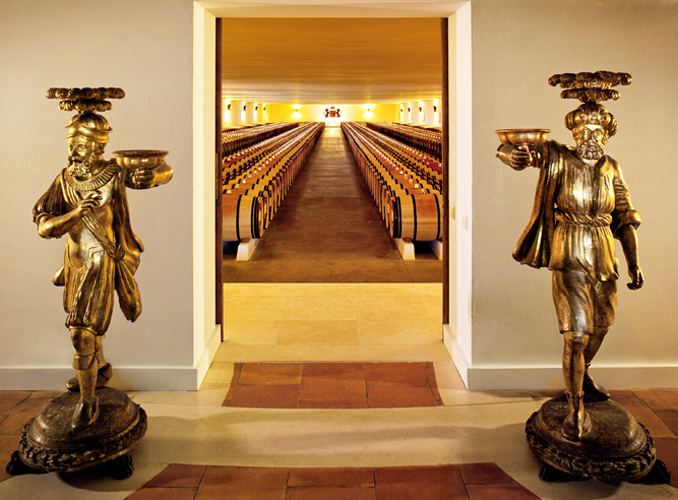
The Grand Chai and its precious casks.
-
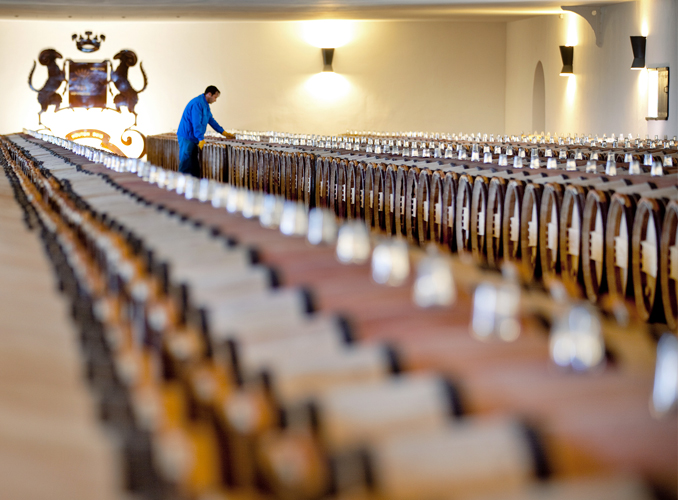
Construction of the Grand Chai (Great Barrel Hall) was completed in 1926. 100 metres long and 25 metres wide, the avant-garde building can hold up to 1,000 oak casks on a single level. Its bold and beautiful architecture make an immediate impression on visitors.
-
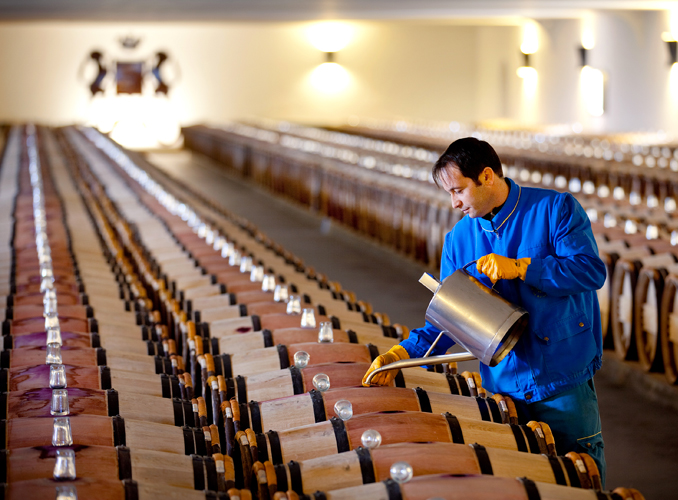
Topping up involves regularly filling up the barrels to make up for losses through evaporation.
-
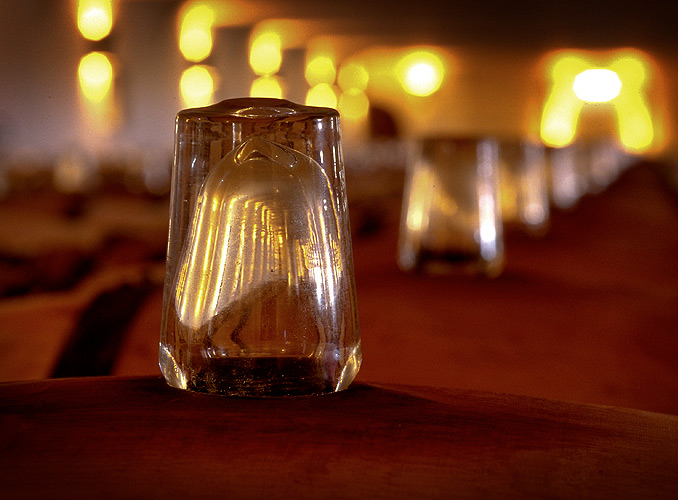
During the first few months of maturing, the bung is made of glass and simply placed on the opening, allowing the wine to “breathe” through the gap. Afterwards, it is made of oak and hermetically seals the cask.
